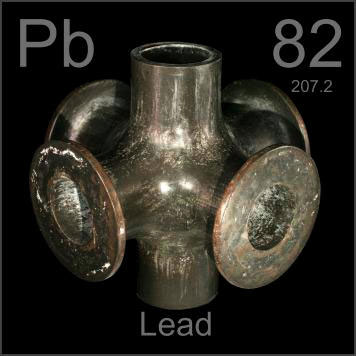Update: 22 November 2024
Predicting Learning Disabilities in Children
Mike Marlowe, PhD, Ace Cossairt, PhD, Ken Welch, PhD, John Errera, BLD, MT
Hair Mineral Content as a Predictor of Learning Disabilities
Previous research has linked childhood learning disabilities with the presence of above "normal levels" of certain mineral elements, especially lead.
This study investigated the relationships between hair mineral elements and childhood learning disabilities. The objective was to determine which minerals were present in the group of learning disabled children compared with a "normal" control group. The data revealed that the learning disabled group's hTMA's contained significantly higher lead concentrations. There also were differences in the mean levels of ten other minerals.

In a different study regarding the connection between mineral imbalances and Autism Spectrum Disorders (ASD), about 250,000 children in the U.S.A. were reported to have high blood lead (Pb) levels over the current Level of Concern of 10 μg/dL, despite significant progress over the past half century in reducing child lead poisoning rates.
Therefore, the U.S. Centers for Disease Control and Prevention (CDC) has lowered the Level of Concern from 10 μg/dL to 5 μg/dL. This is a major change in national policy, and is based on a large and growing body of evidence showing that even single-digit blood Pb levels have significant impacts on intelligence quotients, risk for attention deficit hyperactivity disorder (ADHD), cardiovascular disease and kidney function.
The most common lead exposure pathway for children are ingestion or inhalation of lead-bearing road dusts, whether in the household or outdoor environment, and its most common sources are fossil fuels, asphalt and paints (lead chromate or lead carbonate). In addition, maternal cigarette smoking has been reported to be associated with lower zinc and higher cadmium and lead concentrations in their neonates. These toxic metals accumulated in the maternal bone tissues are co-transferred with calcium to foetal and new-born bodies through activated bone-resorption during pregnancy and lactation. In fact, a recent birth cohort study for new-borns in Nepal shows that the motor cluster score was inversely associated with the cord blood levels of lead and arsenic, suggesting that high exposures to lead (Pb) and arsenic (As) during the prenatal period may induce retardation during in-utero neurodevelopment.
Conclusion
Discriminant function analysis revealed that by using lead, calcium, silicon, aluminum, vanadium, mercury, and zinc, the test subjects could be correctly classified as normal controls or learning disabled with 91.7% and 76.1% accuracy, respectively.
Source: Journal of Learning Disabilities
Find a hTMA Practitioner